
Class 3 Disclaimer
Title II and Class 3 Weapons
These are firearms that are restricted by the National Firearms Act (NFA). Title I firearms include rifles and shotguns,
handguns, silencers and firearm frames and receivers. Title I is usually referred to as the Gun Control Act, whereas Title
II is the National Firearms Act. NFA weapons are sometimes called Class 3 weapons because a Class 3 SOT (Special
Occupational Taxpayer) is needed to buy and sell these kinds of firearms.
A specially licensed FFL (Federal Firearms License) dealer is the only business that you can work with to get these kinds of weapons.
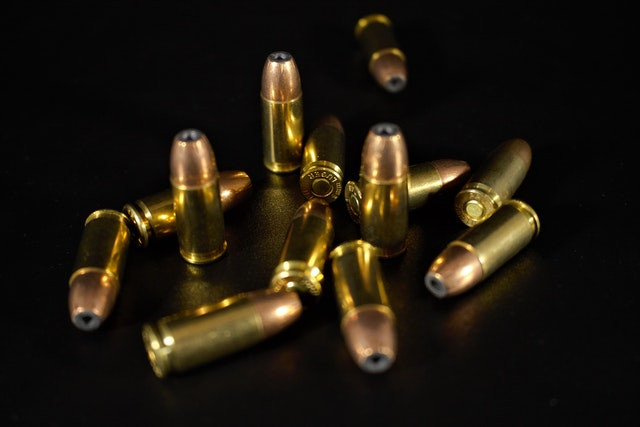
AMMUNITION
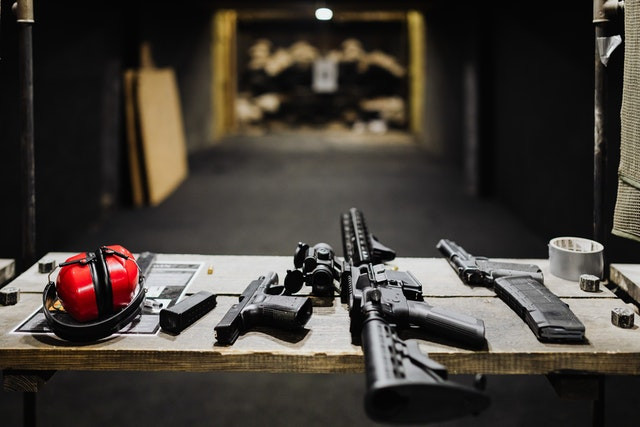
FIREARMS
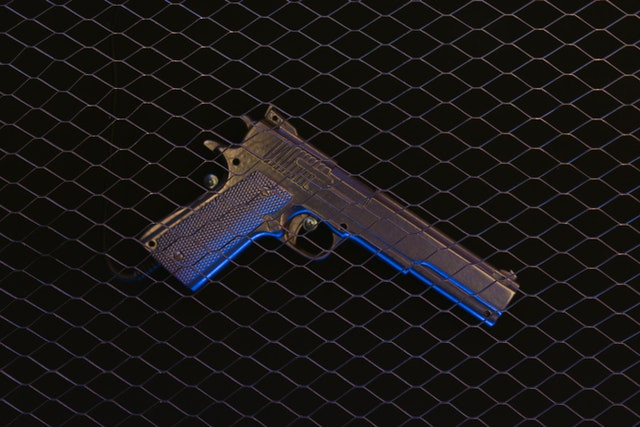
PISTOL PARTS
What is a Class 3 Weapon?
There are several weapons that are restricted under Title II and include the following:
Destructive Device (DD) - Explosive Ordnance: A destructive device can be one of three things: an explosive,
incendiary, or poison gas weapon. This can include bombs, mines, grenades, missiles, rockets and other similar devices.
The parts used to build these devices are also included under Title II. None of the states in the Union permit ownership
of an explosive ordnance. Examples: Claymore mine, hand grenade, improvised explosive device (IED)
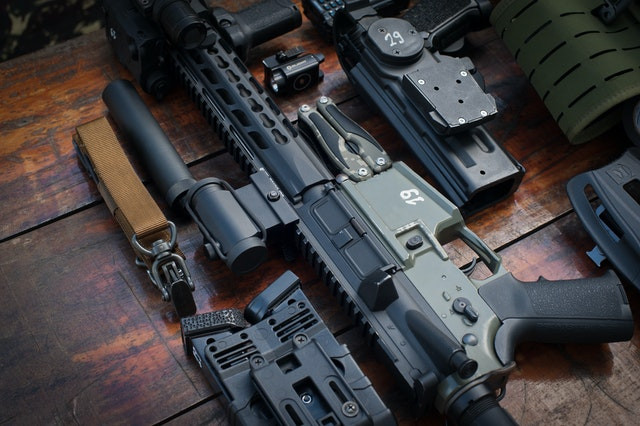
Destructive Device (DD) - Large Bore Firearms: This type of firearm is described as a projectile weapon with a bore
diameter bigger than 50 calibers or half an inch. Non-combat shotguns, flare guns, and antique guns that are not likely
to be used as a weapon and made before 1898 are exempt. No state allows for ownership of large bore firearms.
Examples: 20mm rifle, flare launcher with anti-personnel ammunition, Street Sweeper shotgun.
Machine Guns: According to the NFA, a machine gun is defined as "[a]ny weapon which shoots, is designed to shoot or
can be readily restored to shoot, automatically more than one shot without manual reloading, by a single function of the
trigger." This definition includes any frame, receiver, or parts to make a machine gun. Examples: AK-47 rifle, M16 rifle, M4A1 rifle.
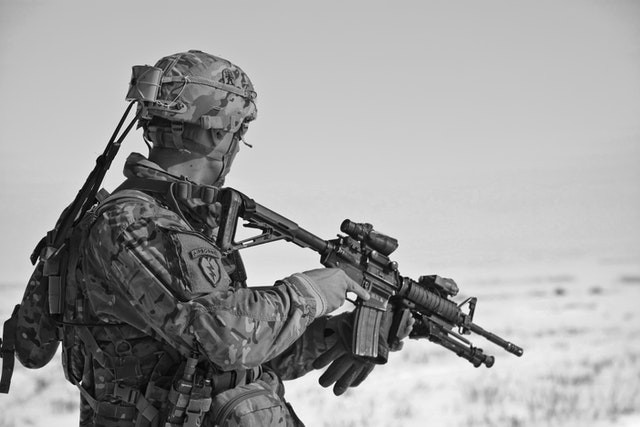
Short-Barreled Rifles (SBR): A rifle is a shouldered firearm that has spiral grooves inside the gun barrel and can fire one
bullet at a time. A short-barreled rifle has a barrel of less than 16 inches or overall length of less than 26 inches, as
defined by the NFA. This also includes any weapon made from a rifle that is of the same dimensions. The stock must be extended
on folding stock rifles when measuring the length. Pistols with shoulder stocks may be considered a short-barreled rifle if they
meet other requirements. Check with experts like those at Wendl's Weapons if you are unsure about your firearm.
Examples: semiautomatic Glock pistol with shoulder stock, Wilson Combat SBR Tactical rifle, sawed-off rifles.
Short-Barreled Shotguns (SBS): An SBS is any shotgun having a barrel less than 18 inches long, or any weapon made
from a shotgun that is less than 26 inches long. A shotgun is a shoulder-fired, smooth bore firearm. Examples: H&K
Fabarm FP6, Seraphim Armoury 9" SBS, customized "sawed off" shotguns
Silencers: A silencer or suppressor is any device that is used to muffle or diminish the sound of the gunshot of a
portable firearm. This also includes any parts used to build a silencer or suppressor. Examples: Gemtech MIST25, AAC
Element 4, YHM Sidewinder